
Between the finale of Arcane, the new Teamfight Tactics set, and a new League of Legends season starting soon, it’s been a big couple of months for the world of Runeterra. And it’s getting even bigger. On Thursday, Riot announced League is jumping into the real world again, this time with a physical card game set in Runeterra, currently codenamed Project K.
While Riot’s announcement video gets into some of the details of the game, Polygon had the chance to preview Project K ahead of the announcement and speak to game director Dave Gaskin about how the game came to be, the process of turning League into a card game, and when exactly players might actually be able to play Project K.
As the video explains, the game is playable in the traditional 1v1 TCG format, but the team is even more excited by the fact that players can play it in groups of up to four as a free-for-all or, even better, in teams of two. The game features a recognizable TCG mana system, which grants players two Runes a turn, with each unit and spell costing a certain amount of Runes to put into play.
Project K started its life just last year, making it a relatively quick turnaround by the studio’s standards, as one of Riot’s many R&D department projects. After the idea of a physical League of Legends trading card game cropped up, Gaskin says that he and his team developed the basic game engine just a few months later. From there, Gaskin says he began staffing up Project K’s team from Riot’s deep well of TCG enthusiasts. Gaskin particularly mentioned the excitement he was met with at both the Riot Los Angeles and Shanghai offices.
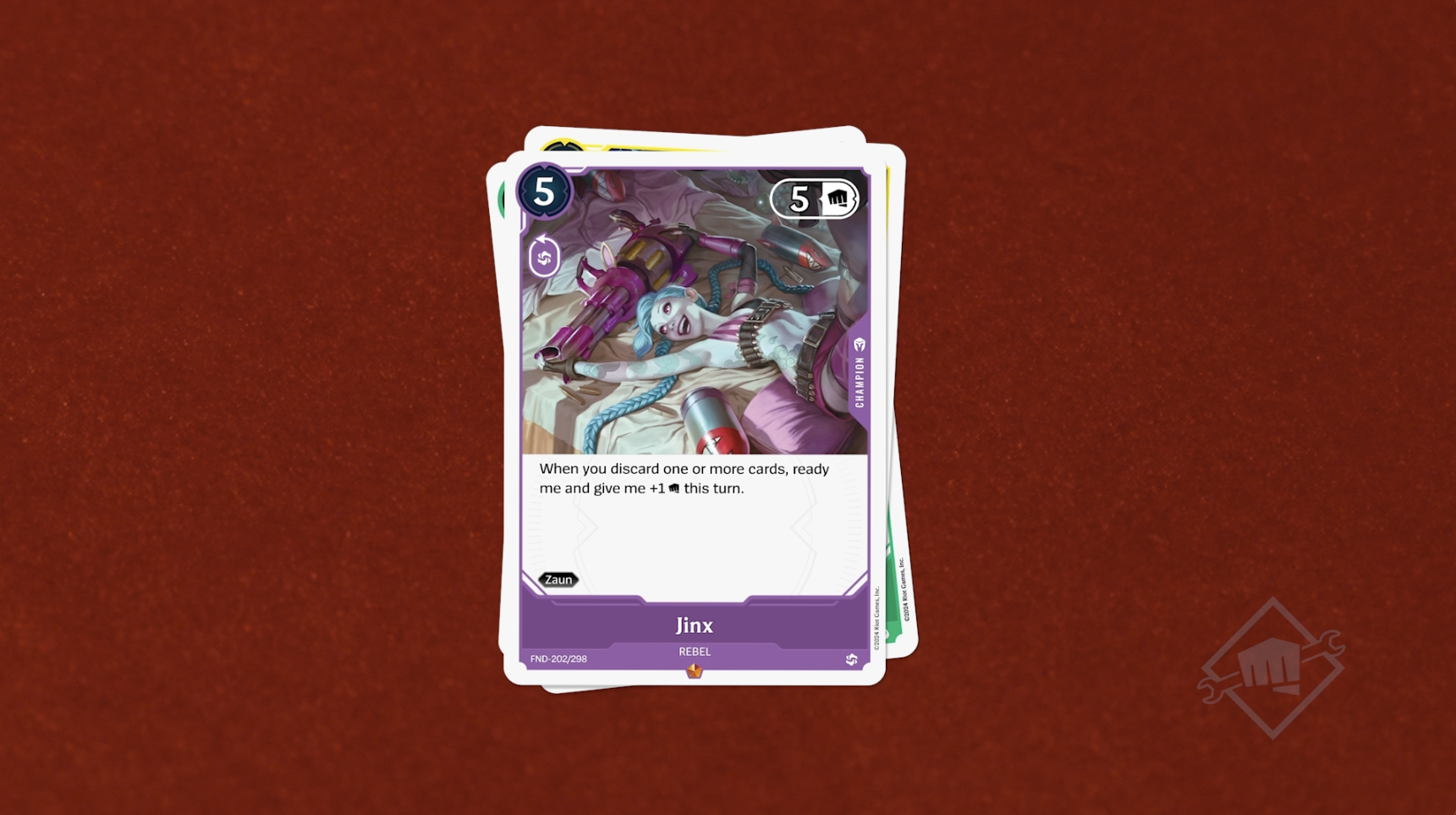
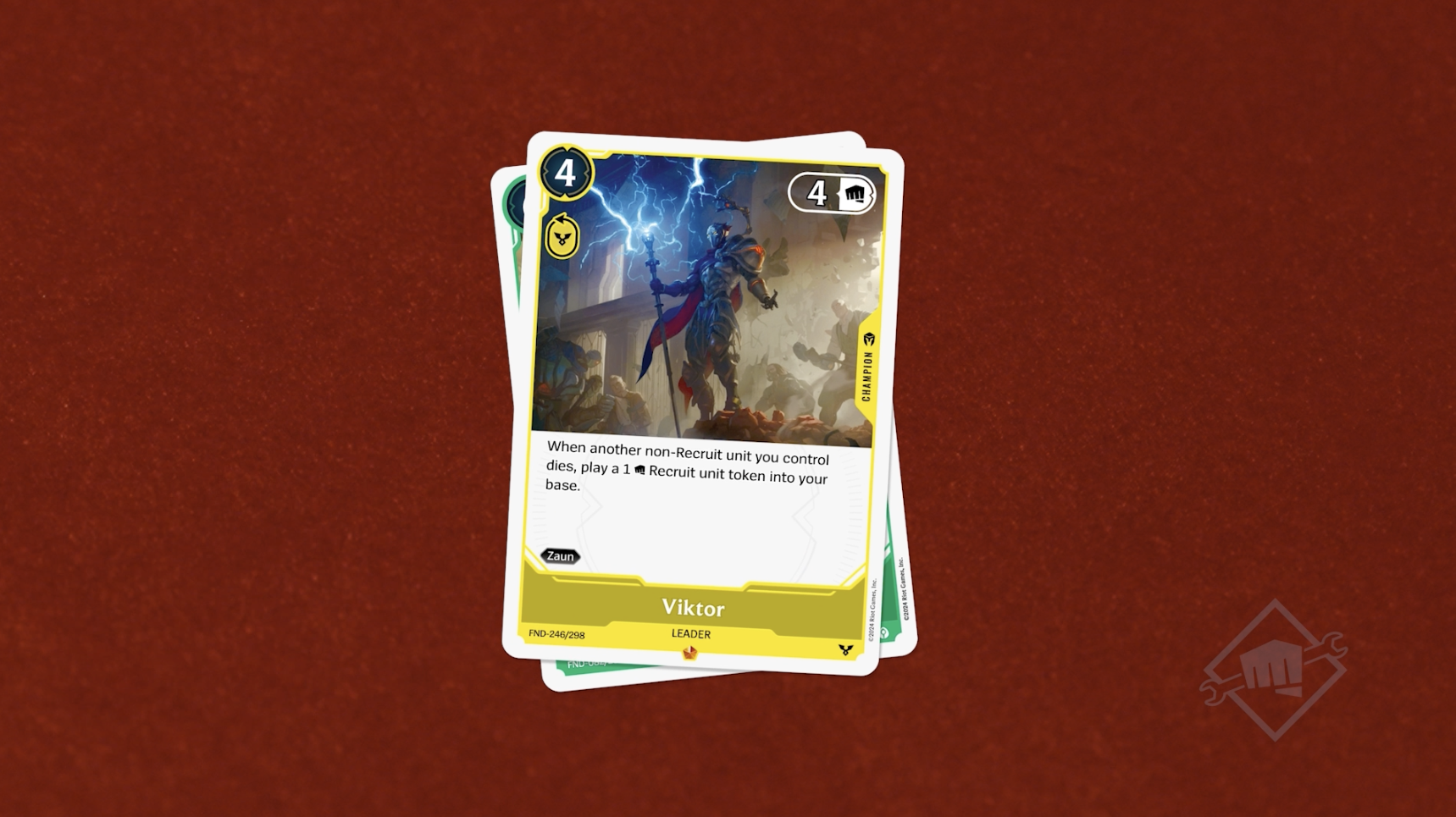
“When we started looking for playtesters both in Shanghai and here, the first thing was internal,” Gaskin said. “So I offered to Riot to host some learn-to-play sessions, thinking, Oh, 20, 25 people will play it. Instead, it was like 150 to 200 people said ‘We want to learn,’ which is crazy.”
As for the development process itself, it all happened pretty rapidly, but still required some iteration. One early example of that is the game’s 2v2 setup, which Gaskin credits to the team wanting to match some of the team-based, fun multiplayer of League. The bigger player count also lends itself naturally to bigger gatherings and more real-life social experiences, which according to Gaskin was another important goal for the team, since Riot has no plans to make a digital version of Project K at this point.
“I feel if you want to find out if something is fun, doing it in a social environment is a good way to figure out if people like this or if actually this just got in the way of just having a good time with their friends,” said Gaskin. “Once we started playtesting 1v1, we were like, Oh, this is missing some of the magic of multiplayer. And not too long after that we’re like, Hey, let’s try 2v2. And that was when we were like, Oh, OK, this is actually really fun. This is the way we want to play.”
Once they settled on having teams, however, that created another problem: In other TCGs, like Magic: The Gathering, each player has health and can get eliminated, but in a team game, that could easily leave one or two players stuck on the sidelines for much of the game. To help deal with that issue, the team settled on Project K’s Battlefields system of points, rather than a player health system. According to Gaskin, this also had the added benefit of making the game feel a little more like League of Legends, too.
“One of the things we really cared about when you play the champions from the MOBA or TFT is that it plays similarly to what you expect in a different context,” Gaskin said. “So when you’re sending in three champions to take a Battlefield it kind of does feel like laning or like jungling. I think there’s a lot of room for us to explore there, especially 2v2, we talked about it being kind of like duos and, Oh, which two champs do I want to put together?”
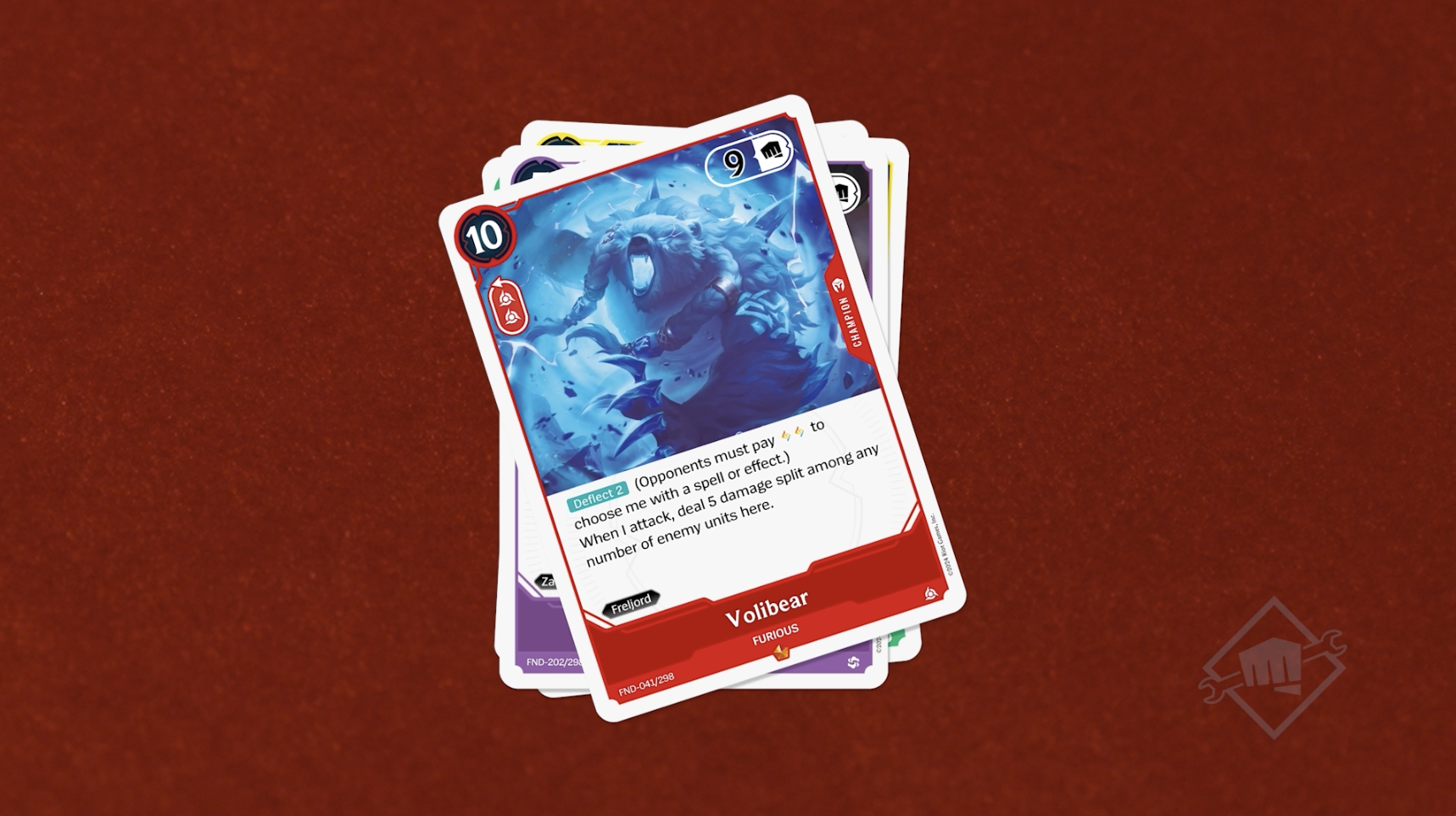
While Gaskin’s particularly fond of the game’s 2v2 setup, it’s still totally playable in more traditional 1v1s, too. In fact, that’s how I experienced the game with Gaskin in my brief preview. Our game lasted about 20 minutes, which Gaskin said was pretty typical of a 1v1, but still felt like it had distinct stages that should be familiar to most TCG fans. I played a traditional ramp deck revolving around the League champion Volibear, and spent the early game defending as best I could while I set up more powerful combinations of spells and strong cards to play in the late game. Each of the decks in the game has to be built around a specific champion, but Gaskin explained the team’s goal was to make each champion card feel thematically consistent with the champion, without feeling limited by mimicking the gameplay experience from the MOBA version of League.
For instance, Gaskin gave the example of decks themed around champions like Darius and Viktor, who both focus on building armies to defeat their opponents. This isn’t exactly true of their abilities in League of Legends, but it is thematically consistent with their in-game characters. Meanwhile, one of my Volibear cards had a more direct link to his abilities, granting him a shield that makes opponents’ spells harder to cast against him, like his E ability in League.
As someone with moderate TCG experience, Project K felt fairly easy to pick up. As Gaskin put it, if Pokémon and Marvel Snap are on the simpler end of TCGs, and Yu-Gi-Oh or Magic are on the other end, the team’s aim for Project K was to fall somewhere in the middle. That felt about right to me — the mana system is easy to understand and dynamic in the late game, without taking attention away from your more interesting cards, while the champion cards each have intuitive and easy-to-understand effects that provided lots of options for synergy between them. Of course, it’s hard to get much more than a brief impression after just one game, and it’s both easy and exciting to imagine how adding two more players might complicate the game, based on what I played.
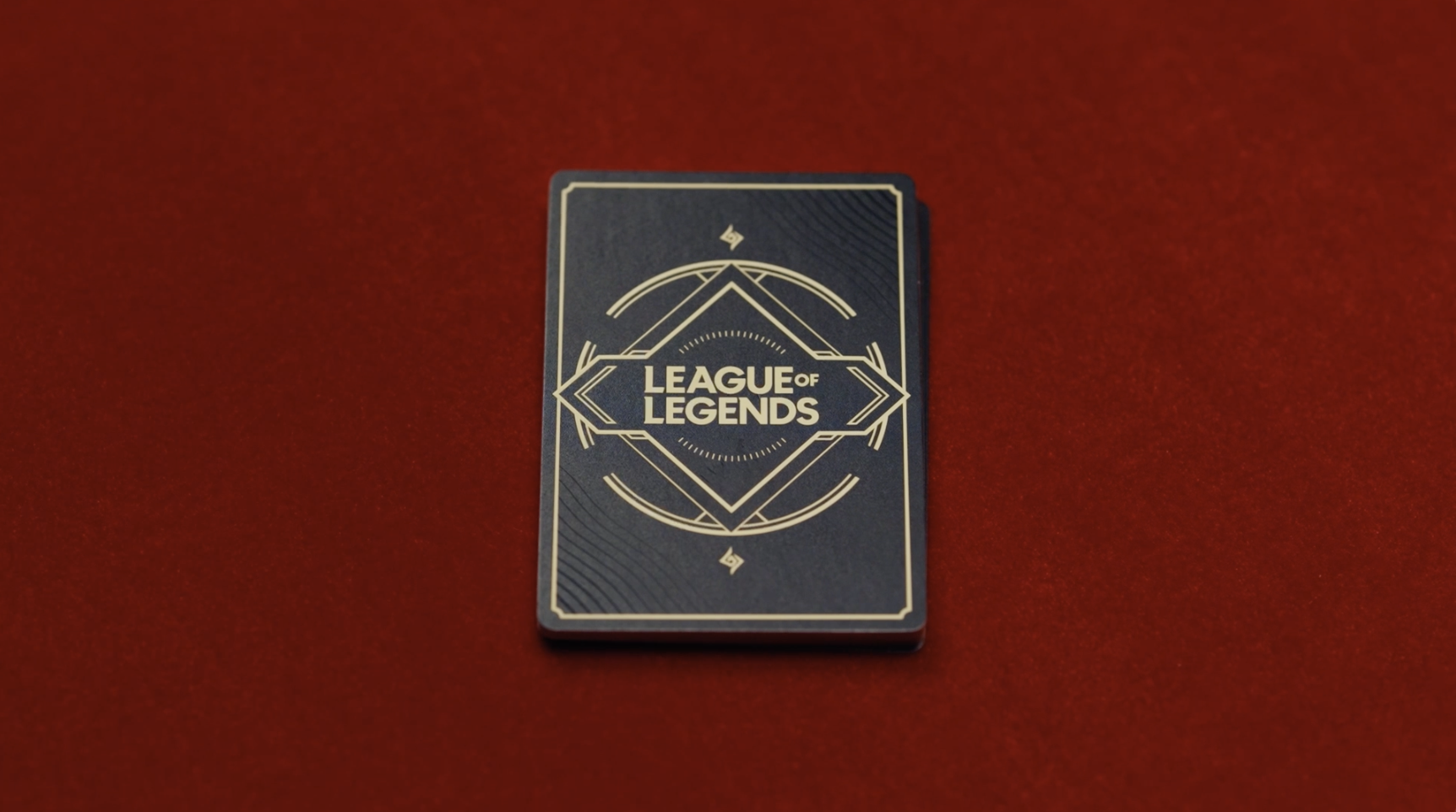
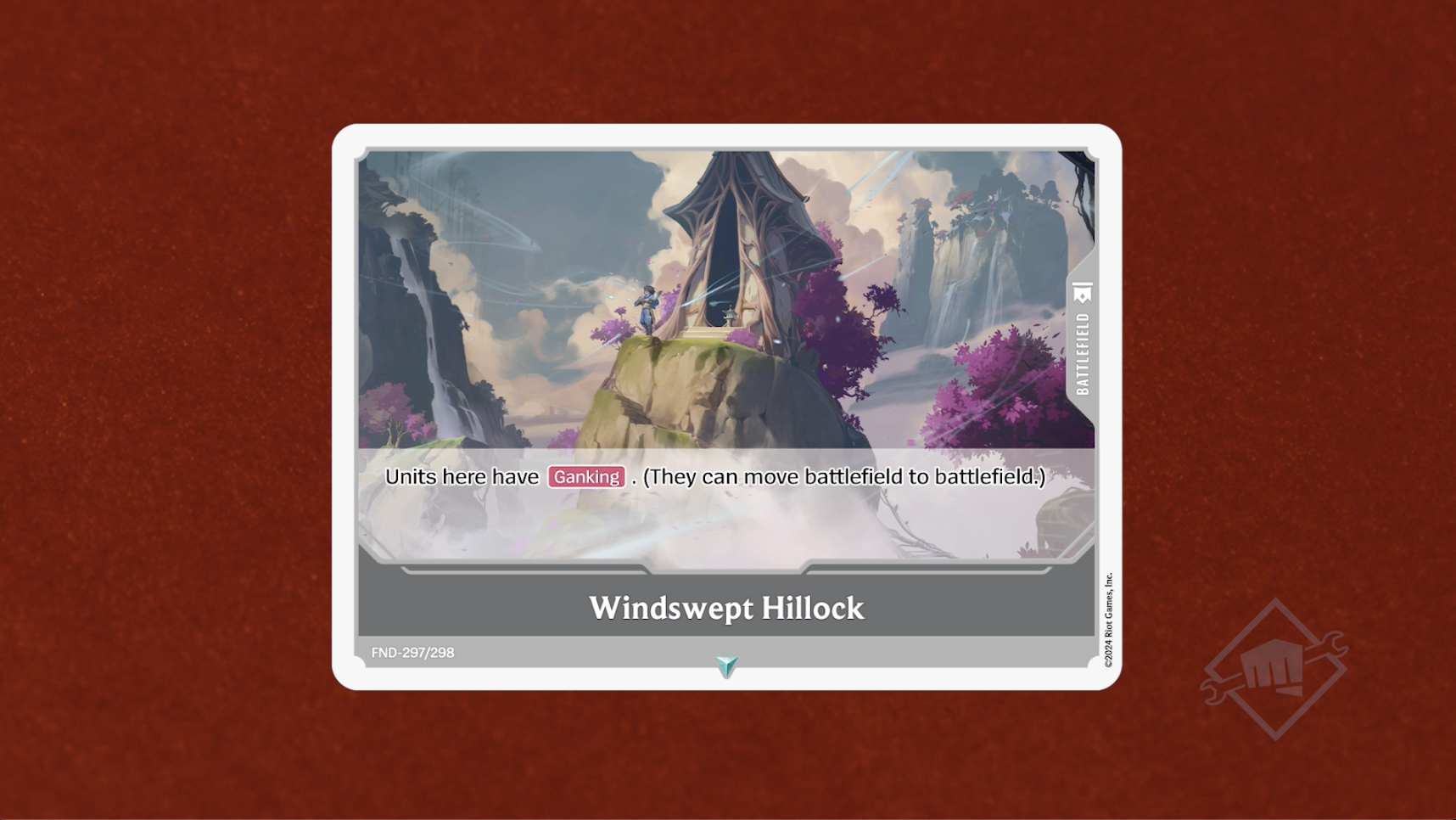
Project K is set for release in China in early 2025, but when exactly players in North America might get their hands on it is a much more complicated question — mostly because Riot hasn’t found the right publishing partner yet.
“What we’re looking for is a partner who cares as much as we do about bringing a great game experience to players in the places where they play, which for a physical card game like this is mostly the hobby stores where people will learn the game,” Gaskin explained. “So for [Riot] there’s certain capabilities we don’t have around printing, distribution, sales, organized events. […] So it’s looking for a partner who cares just as much as we do about doing that, who’s willing to put in the time and energy to do it.”
While Gaskin couldn’t offer a firm timetable for when exactly the game might come to the United States, he did make it clear that the goal is to get it out as close to the Chinese release as possible. But, like most of Riot’s projects, he says it’s about doing it right, even if that means it takes a little longer. For now, Project K will be playable for attendees of Riot’s Teamfight Tactics invitational tournament in Macao later this month, and Gaskin hopes that the team will have more news to share with players soon.
